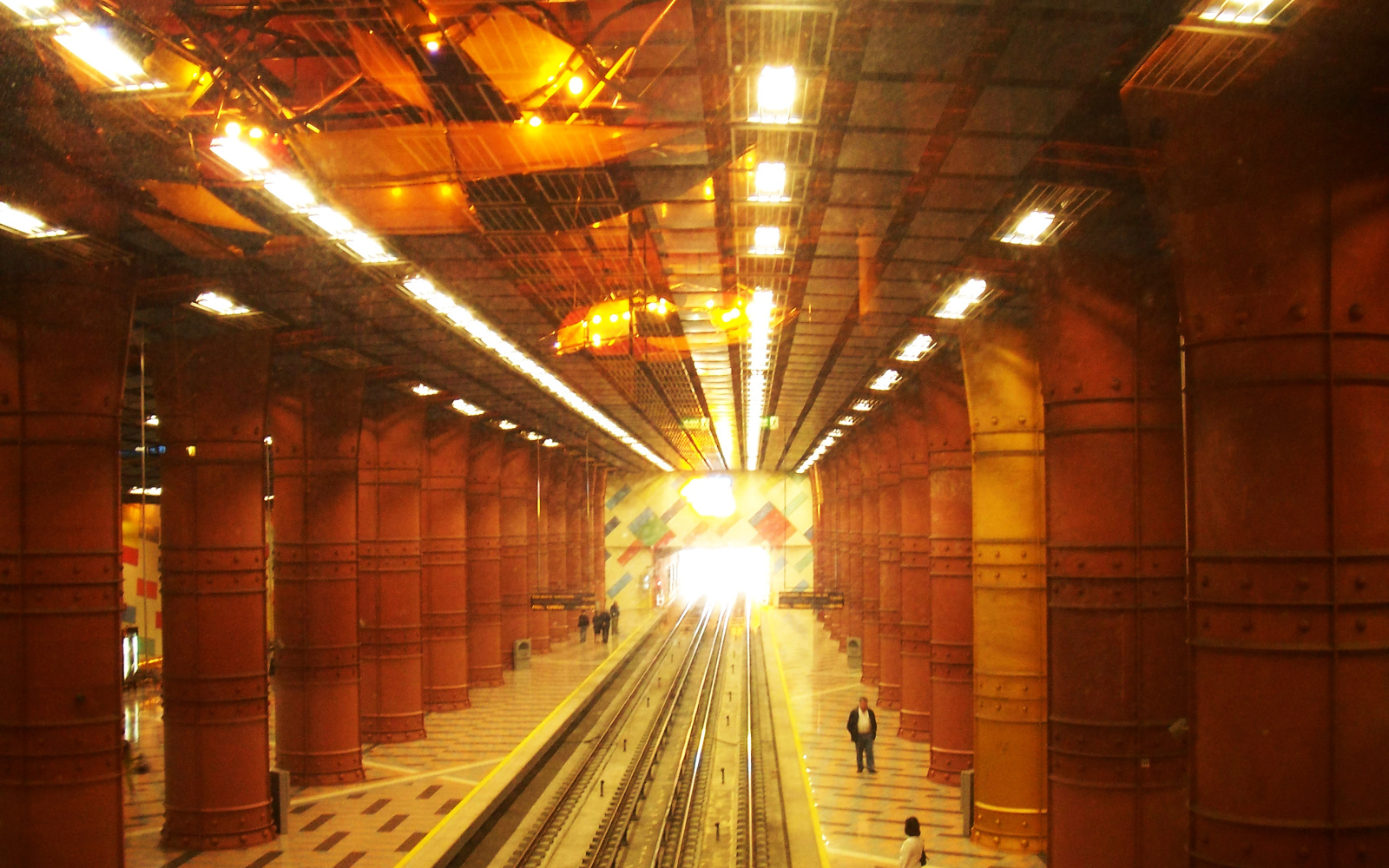Sasha Rossmann
From »Real« to Reel | On »Orlac’s Hands« and the Handling of the Past in Weimar’s Embodied Cinematic Archives
In the decades following the 1895 debut of film in Berlin, numerous German film journals celebrated the potential use of film as an archival medium for history. Concurrent with calls for the creation of an historical cinematic archive, new inventions in storage technologies simultaneously transformed the handling of historical documents in state archives. Both developments appeared to offer new modes of archiving the past for the future. In doing so, however, both faced the question of how to determine which information should be saved or discarded. The management of this contingency spoke to the two paradigms in which the modern »real« has been seen to make itself manifest: continuity and the violent rupture of that continuity.
This paper explores the coincidence of these developments by examining how both produced »real« archival bodies in different, but medially related ways. I suggest that discussions about the management of the archival body found expression not only in the archive, but also in Weimar fiction films like Robert Wiene’s 1925 thriller »Orlac’s Hands«. Films like Orlac, I argue, indirectly addressed the technical/discursive processes of information storage – or destruction – that produced archival bodies through perforation, cutting and splicing. Film’s relationship to the historical »real« manifested itself not only as symptomatic, but also as a metaphorical and material procedure. This procedure, in turn, came to life in Weimar film, which registered and rehearsed new norms and forms in the collation, expiation and creation of an historical real that appeared at the movies and in the archive as a mimetic and methectic body. This reading suggests new embodied intersections with philosophical theorizations of the photographic/cinematic »real«, specifically Kracauer’s "trash heap" (»Photography«, 1927) and Barthes’ »Punctum«.
Sasha Rossman is a doctoral candidate in Art History at the University of California, Berkeley and currently a guest the graduate program »The Problem of the Real in Modern Culture« at the University of Constance, Germany.
